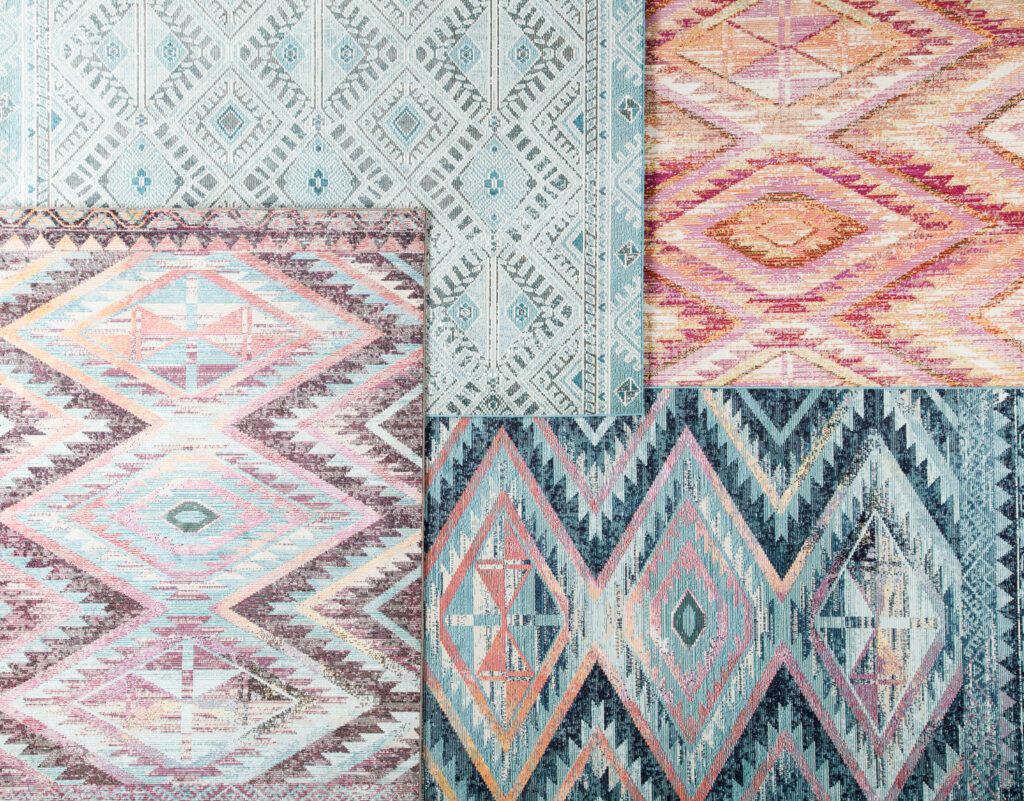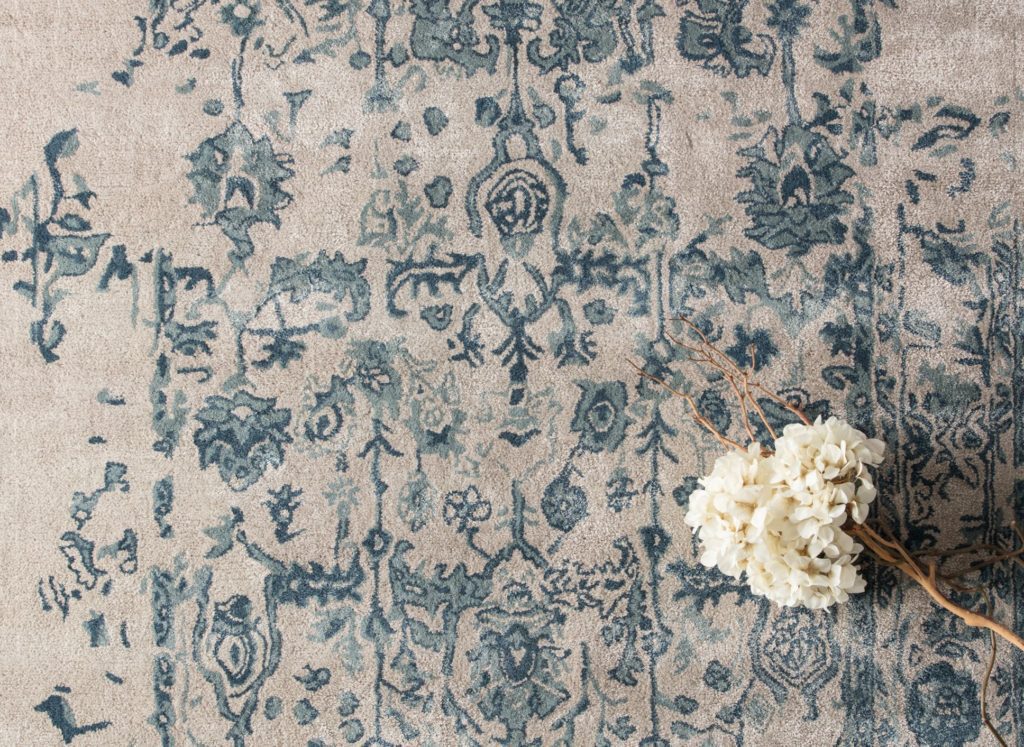Jaipur Living chats with three industry influencers about why branding is essential—and how to do it well.
 Branding shows itself in more than just your work; it’s the way your clients perceive and talk about you. (Pictured: swatches from Jaipur Living)
Branding shows itself in more than just your work; it’s the way your clients perceive and talk about you. (Pictured: swatches from Jaipur Living)
What is Your Brand?
You’ve heard the word “brand” before, but you might be asking yourself how it applies to your interior design business. “Your brand is the way your clients perceive you,” says Kimberly Sundt, a brand and client experience strategist for interior designers.
“I found that most of my clients would want to go straight to the client experience, but they didn’t have the brand part down first. I really believe that if you don’t understand how your brand lives and walks and talks, it’s almost impossible for your clients and customers to relate to you.”
Sundt breaks branding down into what she calls the “4Cs of branding:” Clarity, Communication, Consistency, and Conversation (She joined us for our Trade Talk Instagram Live series to discuss these in depth here). Designers and business experts agree: it’s imperative to achieve brand clarity before moving forward with anything else.
 Rhythmik by Nikki Chu (Rug: RHN06)
Rhythmik by Nikki Chu (Rug: RHN06)
Finding Clarity
A good place to start: define your brand values. As interior designer Nikki Chu built her lifestyle brand—which now encompasses multiple product lines (including rugs and pillows with Jaipur Living), a television show, and a book— she looked to a vision board of brand colors, ideas, and words to keep her identity and values clear. (View her Trade Talk here).
“As you grow and start working with other brands or products, look back at your vision board and say, ‘Is this something that would fit nicely on this board, or is it off-brand?’ It’s okay to say ‘no’, or to adjust that particular business deal so it fits your brand.”
Sundt uses this approach, too, when thinking about how her brand interacts with customers. “I have a vision board for my clients, and on it is how I want them to feel. If I get a little off-base when I’m writing copy, or sending an email, I’ll look back at that and say, ‘Is she going to feel the way I want her to feel when she reads this email?’ One of the things that makes you different is your values. When you figure out your clients’ values, where those two things meet, that’s where the magic happens.”
 (Rug: Zuri, ZUI01) Design by Intimate Living Interiors Photo by Karyn Millet as seen on @thehavenlist
(Rug: Zuri, ZUI01) Design by Intimate Living Interiors Photo by Karyn Millet as seen on @thehavenlist
Your Clients are Your Community
Part of making this magic happen is pinpointing who your clients are, what problem your brand is solving for them, and how you’re solving it differently. “For designers, sometimes you could substitute the word ‘problem’ for “frustration’ or ‘aspiration’ or “irritation,’” Sundt suggests.
“Whether you sell products or services, people are buying from you because you help solve a problem for them, and that has to be top of mind when you’re thinking about your marketing messages,” says Melissa Baran, founder, editor and owner of Haven, which provides workshops and website templates for interior designers in addition to its editorial content. “Rather than looking to your left and right lanes, focus on the specific community that you do have, even if it’s very small. Ask them what they want to see most from you. What do they currently enjoy most about your brand?”
Just like your brand values, it’s essential to keep your clients and community at the center of what you do. “When I think of some of the most successful business owners and designers, their secret sauce is engaging and interacting with their audience and growing with their community,” says Baran. “The changes within your brand should keep in mind your community, because they are your target audience.” Tune into Baran’s Trade Talk to hear her advice for growing your brand on social media.
 (Rug: CIT06)
(Rug: CIT06)
Adapt and Be Real
Part of this—especially in this day and age—requires being adaptable and authentic, says Chu. Since COVID-19, she noticed that, like her, clients and social media followers were spending more time at home. After reflecting on what she could offer, she expanded her social media content to include at-home gardening, cooking, and cocktail recipes. She also launched her most recent brainchild, TeleDesign Pro.
“If you are an interior designer, there are several aspects of the home that you can differentiate yourself in—you could be a painter, you could be a cook, you could design gardens.” Chu says. “I think you have to really be authentic. That’s the one thing that followers can really identify with is authenticity. ”
To that end, “Show your brand personality,” says Sundt. “I don’t want to hire your firm; I want to hire real people.” Her rule of thumb: “If I covered up your picture and your logo and I read your ‘About’ page next to three other designers’ pages and I can’t see a difference except which school you went to, you’re not showing me enough of you.”
At the end of the day, ask yourself this: “‘When it’s over, what do you want them to say?” says Sundt. “Ask yourself, and then reverse engineer it. And if you have brand clarity, then you know what to say.”
Want to hear more from design-industry influencers? Tune into our Trade Talk series, live on Instagram Stories and saved to our IGTV here.
Join our email list for weekly inspiration and updates on Jaipur Living’s latest products
Learn more Jaipur Living’s influencer marketing program on April 6 in their Expo booth – pre-register for free ticket now.
